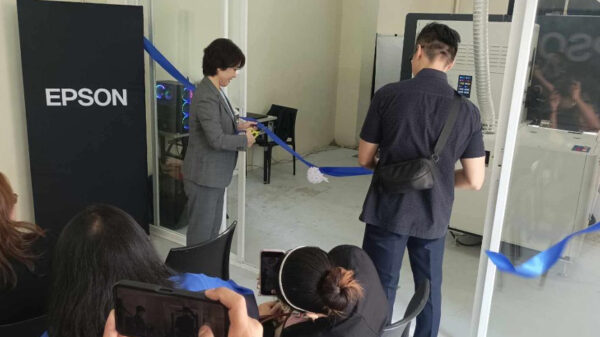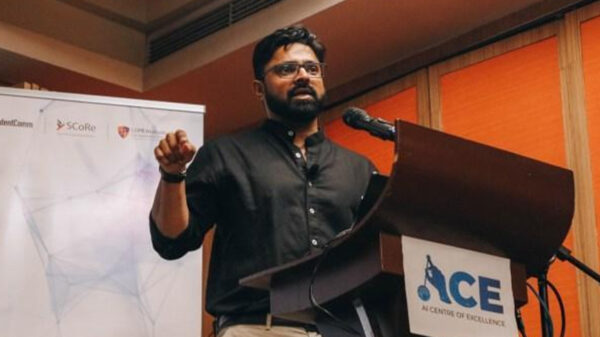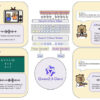Remittances from overseas foreign workers (OFWs) – particularly healthcare professionals – significantly stimulate the Philippines’ economic growth and development, a new research study finds.
Economist Alyssa Nuñez of the University of Asia and the Pacific conducted the study, which comes as the Bangko Sentral ng Pilipinas recently reported that monthly cash remittances reached a six-month high, rising 2.1 percent from one year ago.
According to Nuñez, it is clear that remittances from OFWs in the U.S.—specifically those working in the healthcare sector—are incredibly important to the wellbeing of individuals and families in the Philippines, as well as the growth and stability of the nation’s economy.
Remittances have played an increasingly significant role in the Philippine economy. Remittances to the Philippines totaled USD 31.19 billion, or 9.2 percent of the Philippine GDP, in 2020. By way of comparison, total remittances to the Philippines were USD 10.7 billion in 2005, and only USD 290.8 million in 1978.
Among the study’s findings is that the U.S. is by far the largest source of remittances to the Philippines, accounting for nearly 41 percent of all remittances sent to the country in 2021. The next closest country accounted for only 7 percent of remittances to the Philippines that year.
The study affirms that remittances provide stable support for the household consumption of essential goods, help alleviate poverty, and increase savings and investments. A survey by the Bangko Sentral ng Pilipinas found that 96 percent of Filipino households spent a good portion of remittances on food and other household needs, 50.5 percent spent them on education, and 45.8 percent used them toward medical expenses.










































































































